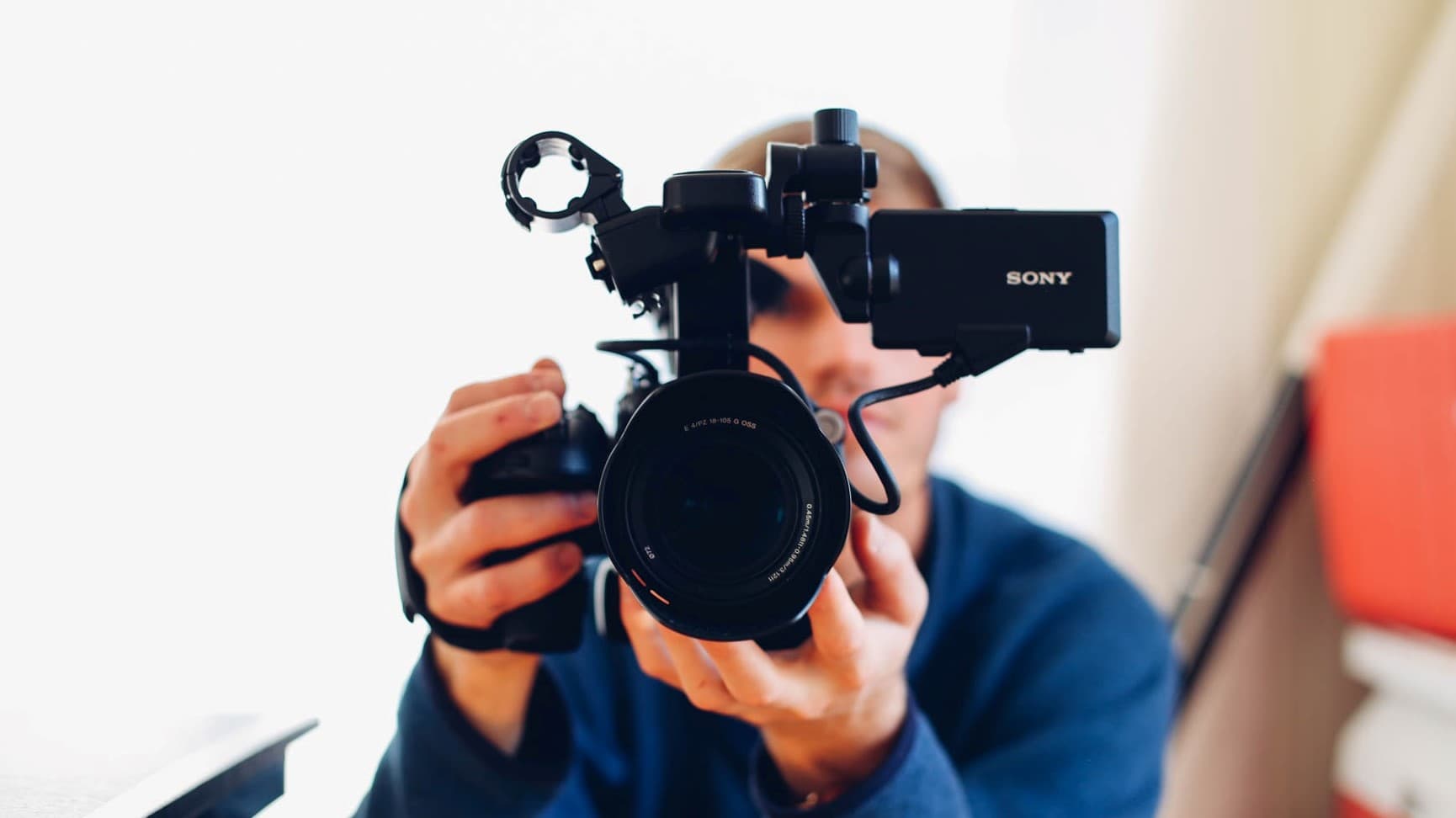How to Leverage the Power of Video for Your Content Marketing Strategy
Video assets should be a central part of your overall marketing plan.
Video is easy to digest, can build trust with your audience, and can be used across multiple channels to compliment your other forms of content. When it comes to marketing strategies, video is one of the more effective ways to boost engagement. In fact, marketers who incorporate video into their campaigns experience 34 percent higher conversion rates than usual.
Capitalizing on video marketing isn’t just about having it as a single piece of the puzzle, it’s about using it as a complex tool to boost your entire marketing strategy. In this first part of a two-part video marketing series, I’ll take a look at some of the best practices for adding video to your overall marketing plan.
 Photo by Seth Doyle on Unsplash
Photo by Seth Doyle on Unsplash
Know Your Audience
Video marketing can be very powerful, but only if it’s planned out. Simply creating your video content and publishing it to YouTube in the hopes that you get a bunch of clicks just won’t cut it. Like any other marketing content, it’s most important to know who your audience is, what they are searching for, and how you can best provide valuable content to them at every phase of their journey.
Simple and easy enough — your video marketing audience should be closely tied to your content marketing audience. Just because the asset is a video makes no difference.
Know the Destination
One main detail to focus on is where that audience will be viewing your content. Is the video hosted on your own site? Can they find it on YouTube or native to LinkedIn? Is it an Instagram video? You may want to adjust your content based on engagement levels for that specific platform depending on who you want to target.
I also prefer to mostly use social channels like Facebook or Instagram to tease full-length video content. Do you have a really awesome four-person panel on the future of your industry? Share a quick clip or highlight and then drive people back for the full thing. Viewers on those channels typically don’t have time for a long commitment, so give them a taste of what you want to show them.
Unless it’s long-form content like a webinar or discussion series, most marketing videos — including case studies, product overviews, culture videos, and more — should get their point across within a two-to-three-minute window. But mix it up often to keep viewers engaged if you decide on long-form content.
In particular, I never like to send people to a YouTube page to watch a video. I’m not saying YouTube isn’t important, because it totally is for discoverability. But the sooner you can get people to your site watching video, the sooner you can tailor their broader experience to keep them on your site. If the video is important enough to share — it’s important enough to share within the reference and context of your own page.
Know Your Goal
Ask your team: what do you hope to achieve with each video asset — are you trying to build a community, gain brand awareness, propel the buyer’s journey with late-stage content? It seems simple, but mapping out why you produce video assets is key to determining how you can measure its individual success and the overall video strategy’s success as well.
Good video marketing doesn’t actually feel like marketing. But the best video marketing content has a specific focus and is produced with that focus in mind. Video is not a one-size fits all medium. Case studies, product demos, an hour-long webinar — these are all technically videos, yet they all have different strengths. Knowing these strengths and zeroing in on your marketing goals for each will be key in determining and building a successful video strategy.
Still curious about more video best practices? Be sure to check back for even more insights when Part 2 drops this Friday!

